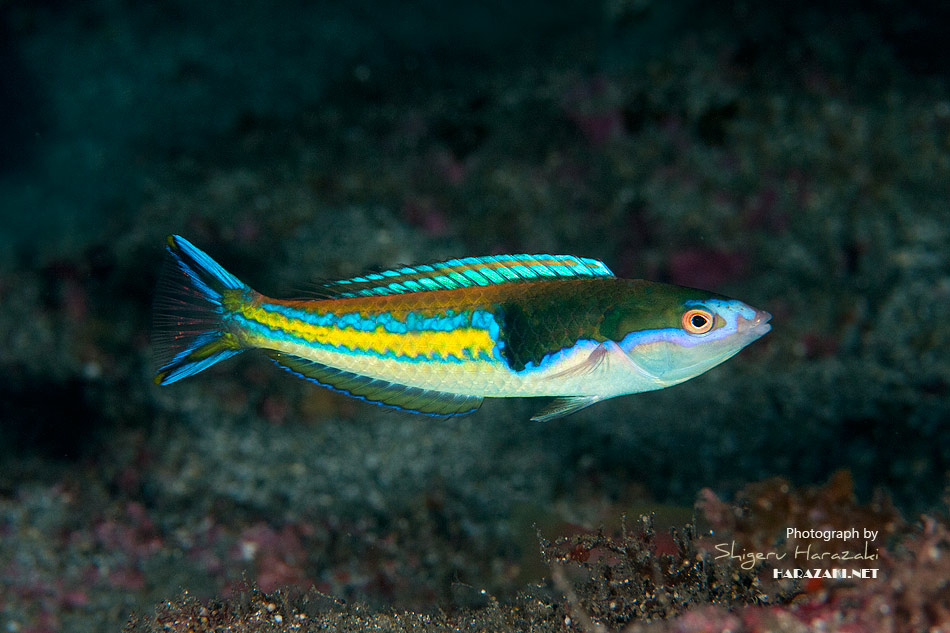The royal pencil wrasse, Pseudojuloides severnsi, is one of the most striking species of labrids, one that quite single handedly puts the pencil wrasses on the proverbial map. Once considered to be a very difficult species to keep in aquariums, as we have become better aquarists some experienced saltwater fish keepers have become more and more successful with the royal pencil wrasse.
Last year another equally striking member of this genus, Pseudojuloides edwardi, was described from specimens imported from Kenya by Greenwich Aquaria, and the whole process of their discovery was well documented. Rarely do we get to hear the back story of how our favorite fish are discovered but while diving in Tulamben a few weeks back, we had the sincere pleasure of meeting Mike Severns, discoverer of the royal pencil wrasse.

As we chatted up this diving and underwater photography legend, we got around to finding out the fascinating story of how Pseudojuloides severnsi was discovered, and the account is loosely paraphrased below.
Mike Severns is a renaissance man of science and exploration. Some time in 1998, he and his colleagues were exploring the islands east of East Timor, part of the “Forgotten Islands“. He was in Kalabahi Bay of Alor Indonesia, running a dive operation with the ulterior motive of exploring on land for a particular genus of tree snails.
The Bugese people had been trading and operating in this bay for generations, and they often resupplied at this one particular freshwater spring. Centuries of visitors hauling water to and from ships in terra cotta jugs, and discarding the breakage into the sea, had resulted in a unique underwater biotope of terra cotta pieces among seagrass beds.

It was while diving this environment, looking about for an intact terra cotta jug that Mike Severns made the first sighting of a then unknown yet beautiful wrasse. He returned to this place for a few more dives to snap just one single photo of a male Pseudojuloides severnsi, although the plain red female specimens were everywhere and more easily photographed. In the age of film, we can imagine how much skill and patience it must have taken to capture and produce one good shot of this fast swimming species.
Upon returning to civilization, Mike sent the photo of the first male royal pencil wrasse to Jack Randall who had never seen such a fish. Dr. Randall accompanied Mike on a subsequent trip to this precise location but only female specimens were collected. It took a third excursion to the terra cotta habitat for a male royal pencil wrasse to finally be collected.
Pseudojuloides severnsi was officially described by Bellwood & Randall in 2000 in recognition of Mike Severns efforts in bringing this fish to the attention of science. The royal pencil wrasse is now known to occur from Sri Lanka to Indonesia and Japan, and it is often collected for saltwater aquarium fish enthusiasts. It’s not everyday that we get to peek into the earlier days of exciting reef fish discovery so we want to thank Mike for his time in recalling the fascinating story of how he first discovered the royal pencil wrasse.



